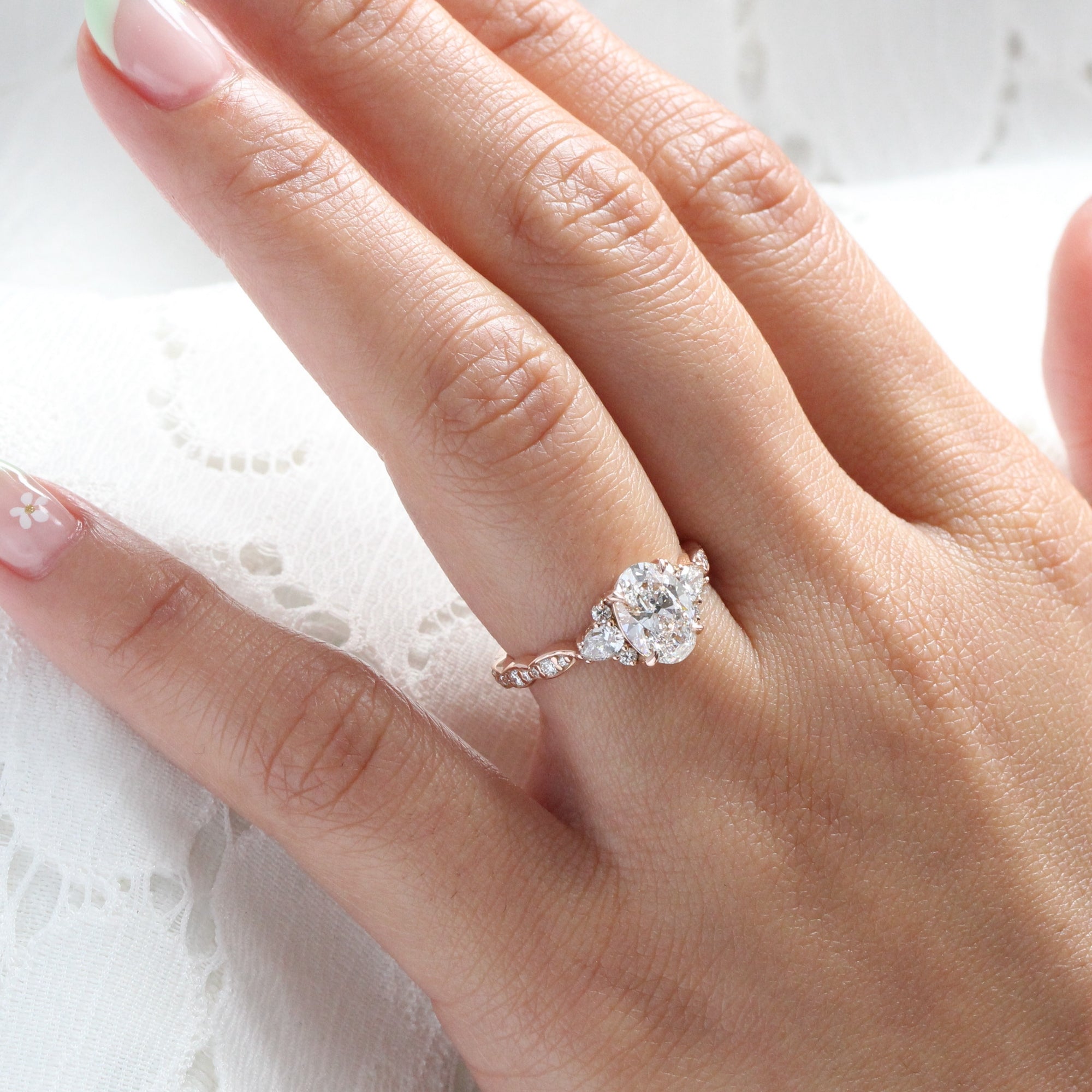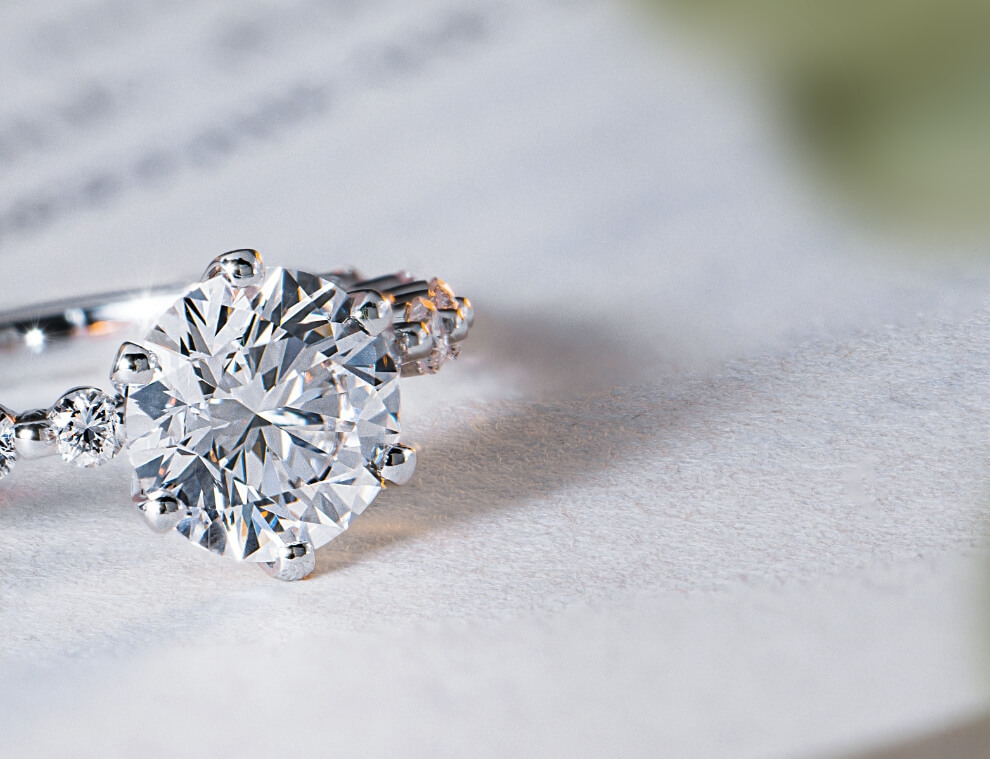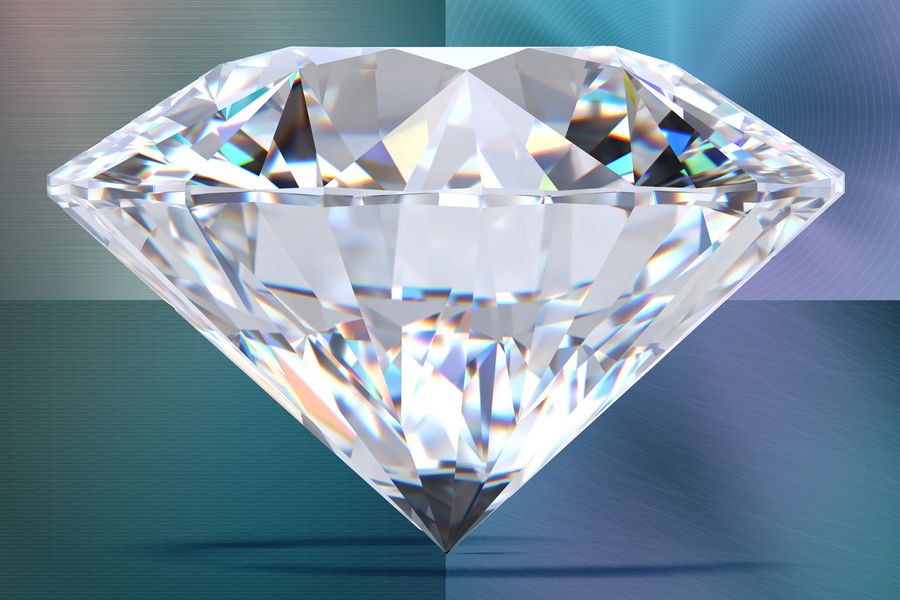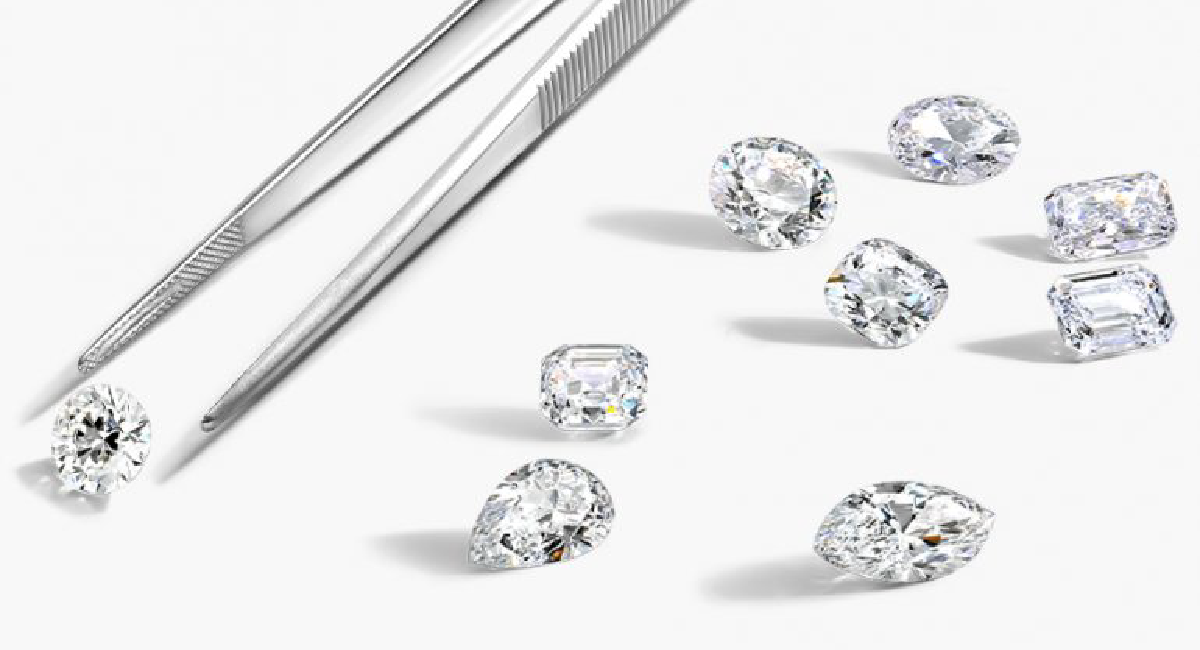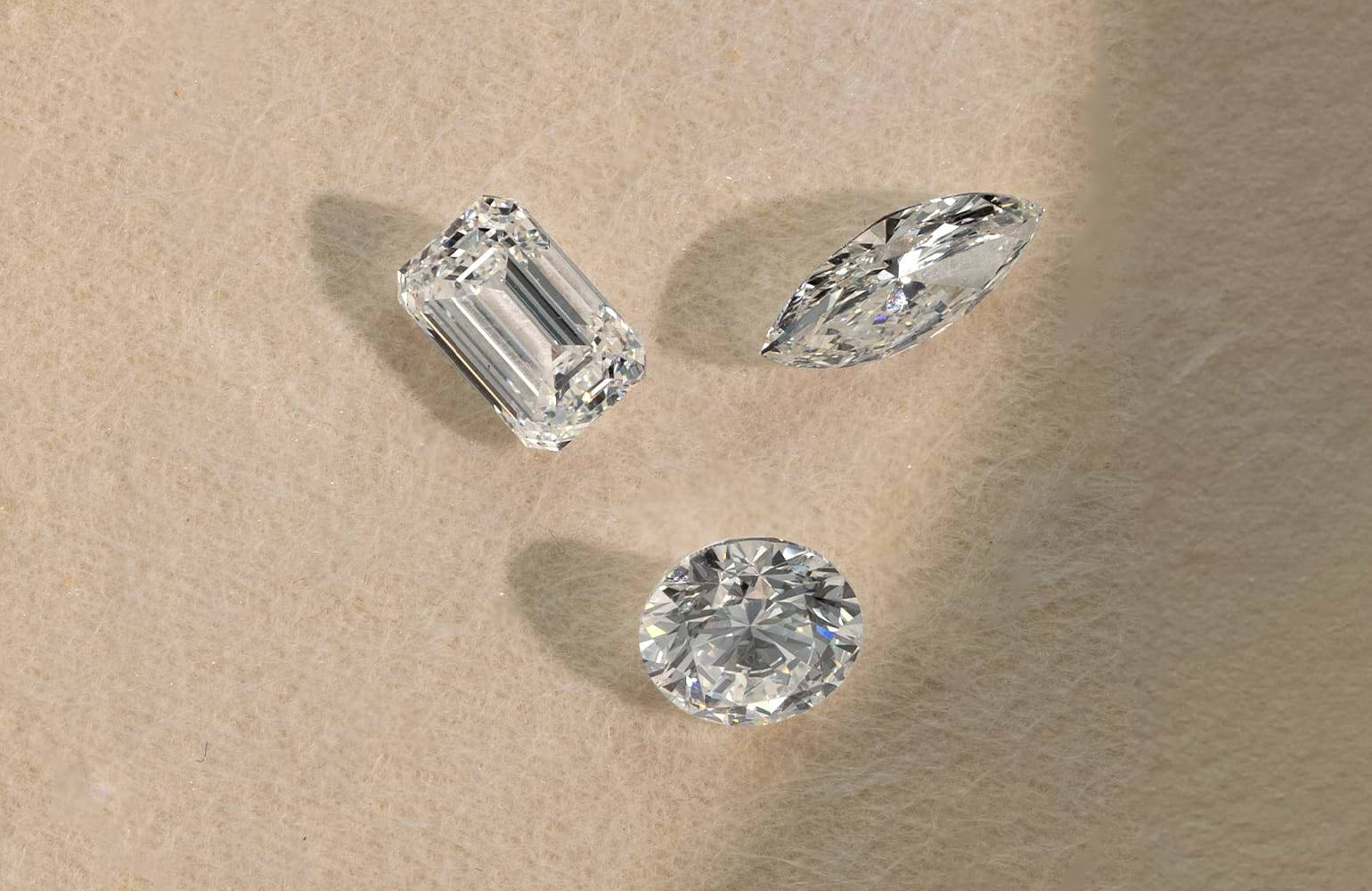
Lab grown diamonds have become increasingly popular in recent years as a sustainable and ethical alternative to mined diamonds. As more people become aware of the environmental and human impact of traditional diamond mining, lab grown diamonds are gaining recognition for their ability to offer the same beauty and brilliance while being ethically sourced. If you’re considering purchasing a lab grown diamond, understanding the lab grown diamonds 4Cs you make an informed decision. The 4Cs, which stand for Cut, Color, Clarity, and Carat weight, are the primary factors used to evaluate the quality and value of diamonds. Let’s explore each of these components and how they relate to lab grown diamonds.
Cut: The Key to Sparkle in Lab Grown Diamonds
The cut of a diamond is arguably the most important of the 4Cs when it comes to how a diamond sparkles. This refers to how well the diamond has been shaped and faceted, determining how light interacts with it. A well-cut lab grown diamond will reflect light in such a way that it creates a dazzling display of brilliance, fire, and scintillation. Lab grown diamonds can be cut to the same high standards as natural diamonds, with skilled gem cutters ensuring that the diamond’s proportions and angles are precise to maximize its sparkle. A well-cut diamond, whether natural or lab grown, will always appear more brilliant than one with a poor cut.
Color: The Subtle Differences in Lab Grown Diamonds
When it comes to color, lab grown diamonds are graded similarly to natural diamonds. The color scale ranges from D (colorless) to Z (light yellow or brown). The closer a diamond is to colorless, the higher its value. Lab grown diamonds are no different in terms of color grading, and many high-quality lab grown diamonds boast color grades that rival the best mined diamonds. One of the advantages of lab grown diamonds is that they can be produced with less variation in color, which means you can often find diamonds with a higher color grade at a lower price compared to natural diamonds. Whether you’re looking for a colorless stone or a diamond with a subtle hint of yellow, lab grown diamonds offer a wide range of options.
Clarity: Evaluating the Purity of Lab Grown Diamonds
Clarity refers to the presence of any internal or external imperfections, known as inclusions and blemishes, within a diamond. The clarity of a lab grown diamond is graded on a scale from Flawless (no inclusions or blemishes visible under 10x magnification) to Included (inclusions and/or blemishes are visible to the naked eye). Just like natural diamonds, lab grown diamonds can have varying degrees of clarity, and the fewer the imperfections, the higher the clarity grade. Lab grown diamonds often have fewer inclusions than natural diamonds, due to the controlled conditions under which they are created. This means that it is often easier to find a high-clarity lab grown diamond at a more affordable price.
Carat Weight: Size and Value in Lab Grown Diamonds
Carat weight is another important factor when considering the value of a lab grown diamond. This refers to the size of the diamond, and it is often one of the most noticeable aspects when choosing a stone. Lab grown diamonds are available in various carat weights, from small accent stones to larger statement pieces. One of the benefits of lab grown diamonds is that they can be produced in larger sizes at a lower cost compared to natural diamonds. This makes it possible for consumers to purchase larger lab grown diamonds for a fraction of the price of a mined diamond of the same size. When choosing the carat weight of your lab grown diamond, it’s essential to find the right balance between size, budget, and the other 4Cs.
Why Lab Grown Diamonds are a Smart Choice
Lab grown diamonds offer a number of benefits over their natural counterparts, including ethical sourcing, sustainability, and more affordable prices. When purchasing a lab grown diamond, understanding the 4Cs helps you choose the perfect diamond based on your personal preferences and budget. Whether you’re buying an engagement ring, a piece of jewelry, or a gift, lab grown diamonds provide an excellent option that doesn’t compromise on quality or beauty. Additionally, lab grown diamonds are chemically, physically, and optically identical to mined diamonds, ensuring you receive a diamond that sparkles just as brightly.
The Future of Lab Grown Diamonds
As technology continues to improve, lab grown diamonds are expected to become even more accessible and popular in the future. The processes used to create these diamonds are becoming more efficient, which will likely result in lower costs and more variety in the marketplace. As more consumers prioritize sustainability and ethical considerations, lab grown diamonds will likely continue to play a significant role in the jewelry industry. The 4Cs will remain the primary way to assess these diamonds, ensuring that customers can make informed decisions based on the quality and characteristics of each stone.
Conclusion
Lab grown diamonds represent the future of the diamond industry, offering a sustainable, ethical, and cost-effective alternative to traditional mined diamonds. Understanding the 4Cs—cut, color, clarity, and carat weight—will help you make the best choice when purchasing a lab grown diamond. With advancements in technology, lab grown diamonds continue to evolve, and their beauty and brilliance remain comparable to mined diamonds, giving you the opportunity to own a stunning, high-quality stone while supporting ethical and environmentally-friendly practices.


